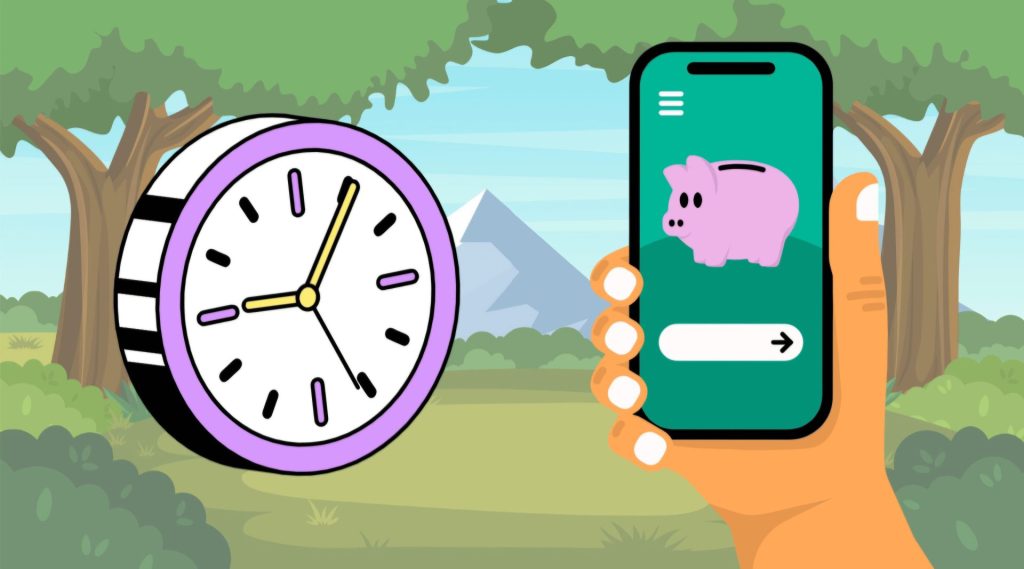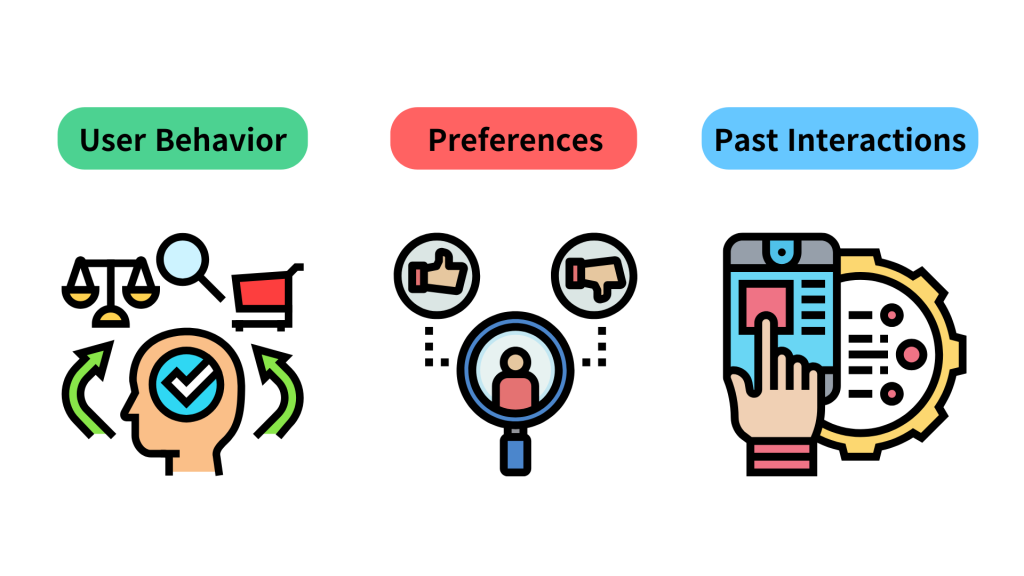In-app messaging can be a powerful tool to engage users directly within your app, driving conversions and enhancing the overall user experience. Effective Customer Retention Strategies often leverage personalized messaging to keep users engaged. However, many businesses misuse in-app messages, which can lead to ineffective campaigns, frustrated users, and missed opportunities. To help you avoid these pitfalls, we’ve outlined the top five mistakes companies make with in-app messaging and how you can avoid them.
Overuse of In-App Messages
One of the most common mistakes is bombarding users with too many in-app messages. When users are hit with constant notifications or prompts, they can become overwhelmed or irritated, leading to higher churn rates. In-app messaging should enhance the user experience, not disrupt it.
How to avoid it: Focus on delivering valuable, contextually relevant messages. Segment your audience to ensure that only those users who will benefit from the message receive it. Additionally, limit the frequency of messages to avoid overwhelming your users.
Tip: IAM Studio simplifies the customization and segmentation of in-app messages, allowing marketers to target specific audiences and avoid overwhelming users with irrelevant notifications.

Poor Timing of Messages
Sending in-app messages at the wrong time can be detrimental to your user engagement efforts. For example, a message that interrupts a user during a key task or at an inappropriate moment can frustrate the user and negatively impact their experience.
How to avoid it: Ensure your in-app messages are triggered at the right moment in the user journey. Timing is everything. For example, delivering a message just after a user completes a purchase or during moments when they may need assistance can lead to positive engagement. Use behavioral data to understand when users are most likely to engage with your messages.
Tip: Tools like IAM Studio and Braze leverage advanced real-time tracking and segmentation to ensure messages are delivered at the perfect moment, enhancing user engagement.
Irrelevant or Generic Messaging
In-app messages that are too generic or irrelevant to the user’s needs will likely be ignored, or worse, lead to uninstalls. Users expect personalized experiences, and generic messaging falls short of delivering the value they seek. Implementing targeted Customer Retention Strategies through personalized messaging can significantly enhance user engagement. Leverage user data to craft tailored messages that speak to the individual user’s behavior, preferences, or past interactions with your app.
How to avoid it: Personalization is the key. Leverage user data to craft tailored messages that speak to the individual user’s behavior, preferences, or past interactions with your app. For instance, you can send personalized recommendations based on their previous activity. The more relevant your message, the more likely users will engage with it.
Tip: IAM Studio and Braze provide features that allow you to personalize in-app messages based on user data, ensuring relevance and increasing engagement. Visit here and learn about better Customer Retention Strategies.

Lack of a Clear Call-to-Action
Without a clear and compelling CTA, your in-app message will not drive the user action you want. A message that simply informs without directing users on what to do next can confuse or disengage them.
How to avoid it: Every in-app message should have a clear CTA that aligns with the message’s goal. Whether you’re asking users to complete a purchase, try a new feature, or provide feedback, make sure the CTA is easy to understand and accessible. For example, buttons like “Shop Now” or “Learn More” guide the user toward the desired action.
Failing to Test and Optimize Messages
Many companies set up in-app messaging campaigns without testing or optimizing them, leading to ineffective communication. Failing to analyze message performance can prevent you from identifying what’s working and what’s not.
How to avoid it: Continuously test and optimize your in-app messages. Use A/B testing to experiment with different copy, designs, and CTAs to see which resonates best with your audience. Monitor key metrics like click-through rates, conversion rates, and user feedback to fine-tune your messaging strategy over time.
Tip: Braze empowers marketers to continuously test and optimize in-app messaging campaigns, ensuring effective communication that resonates with users over time.
In Summary
In-app messaging has the potential to significantly improve user engagement and retention, but it’s easy to make mistakes that undermine its effectiveness. By avoiding overuse, sending messages at the right time, personalizing content, incorporating clear CTAs, and continuously optimizing your campaigns, you can make the most of this powerful communication tool. Implementing effective Customer Retention Strategies through personalized messaging can enhance the overall customer experience and drive meaningful results. By steering clear of these common pitfalls and focusing on delivering value to your users, you can ensure that your in-app messaging strategy enhances customer retention and fosters long-term loyalty.
